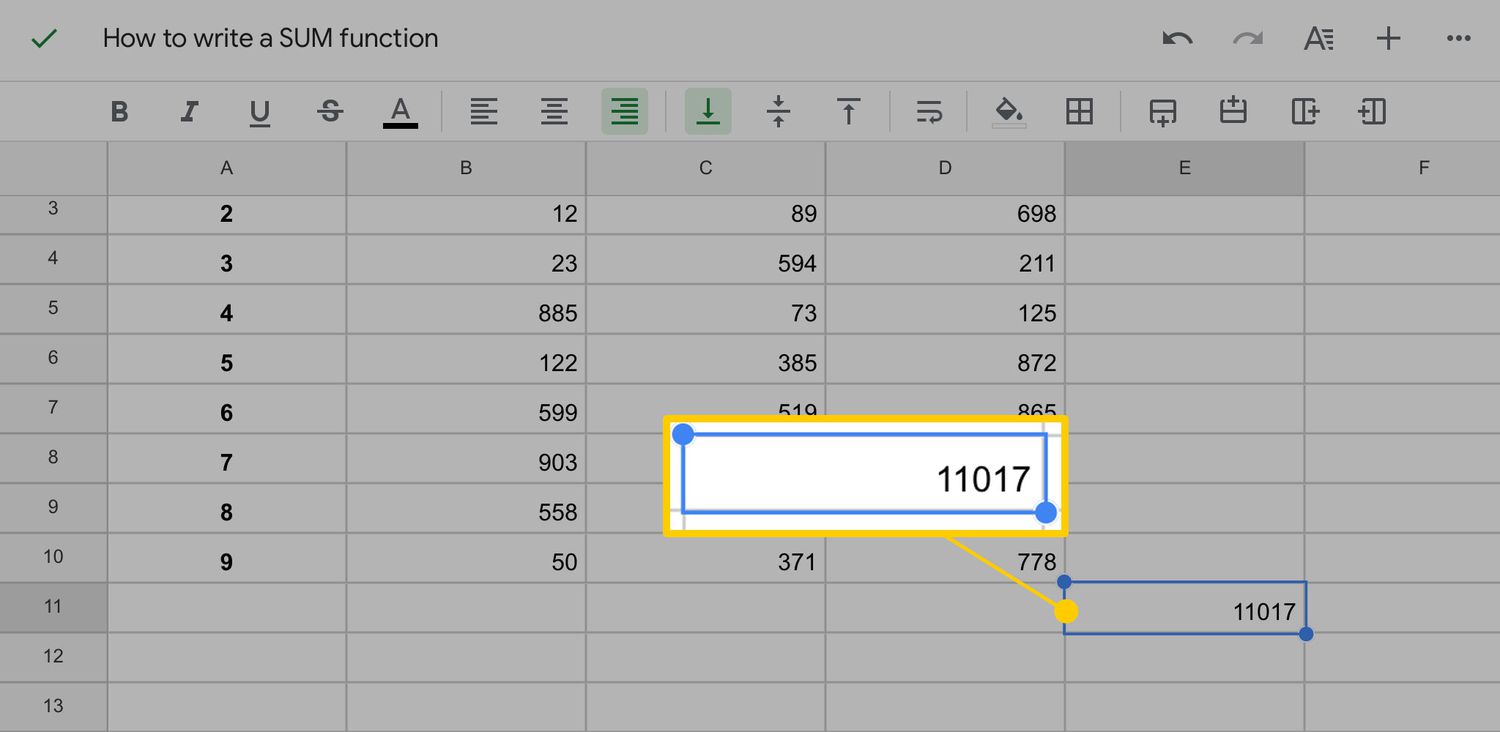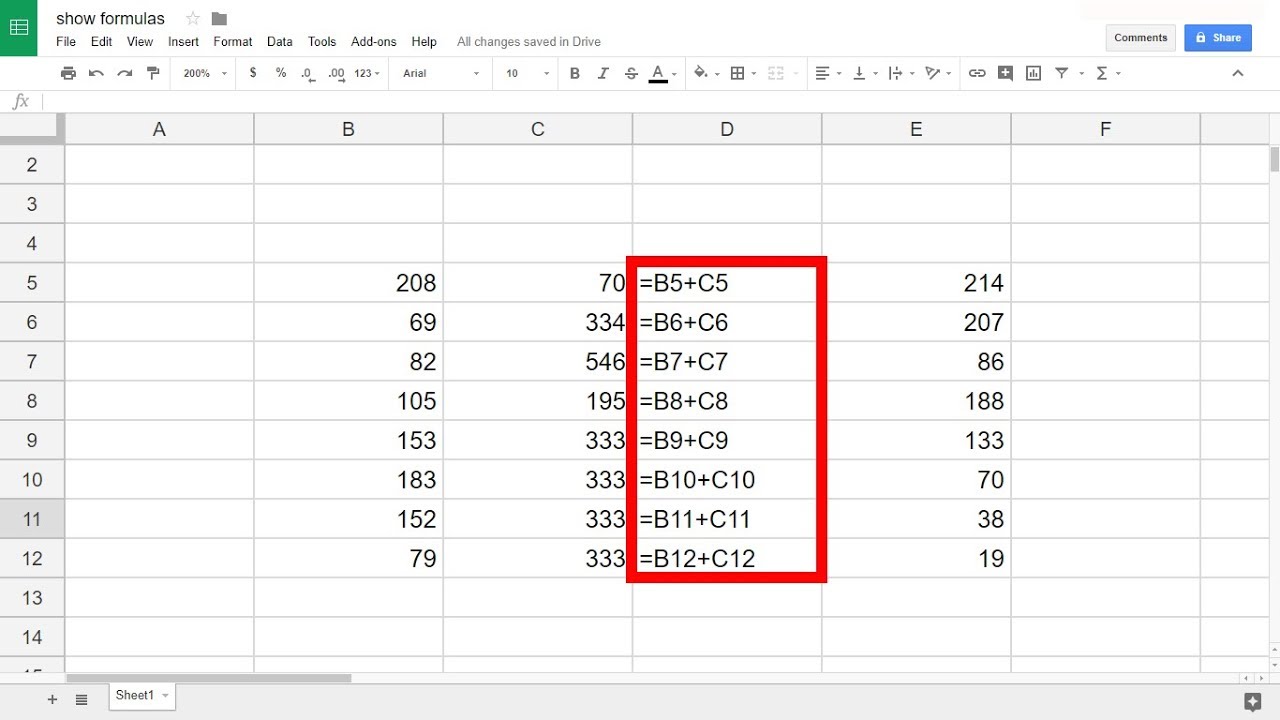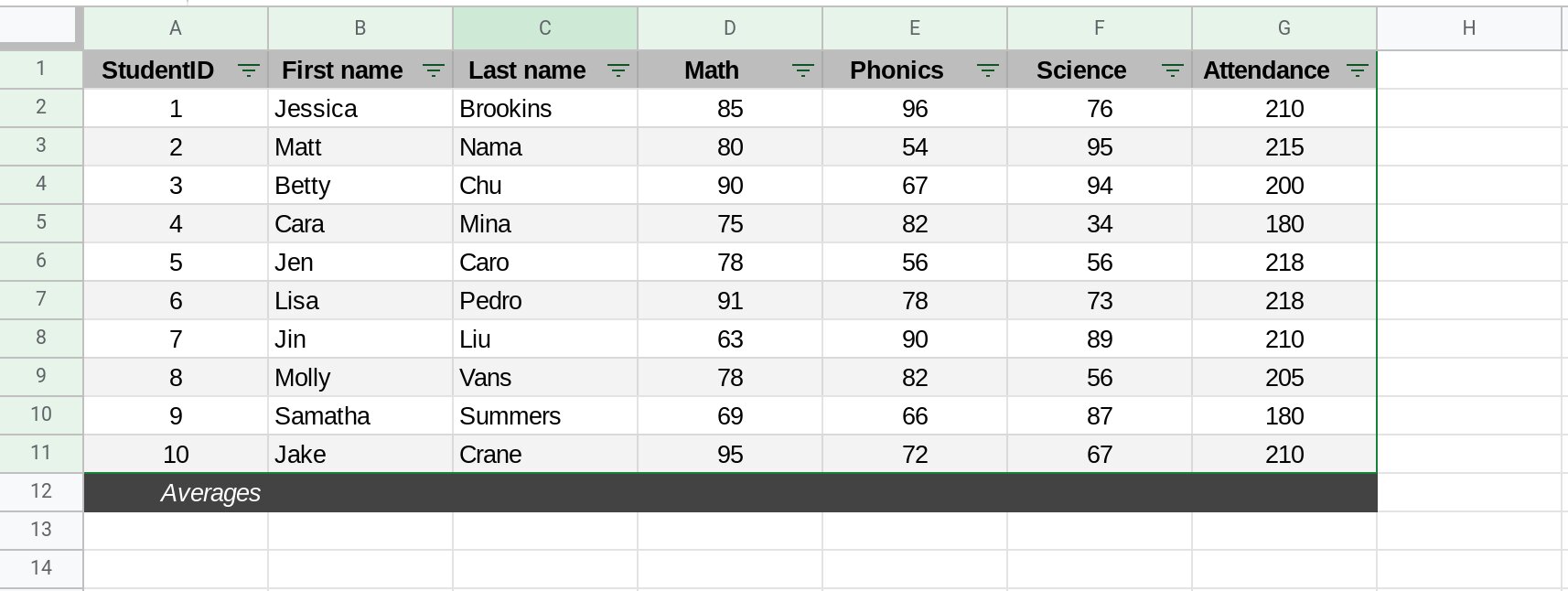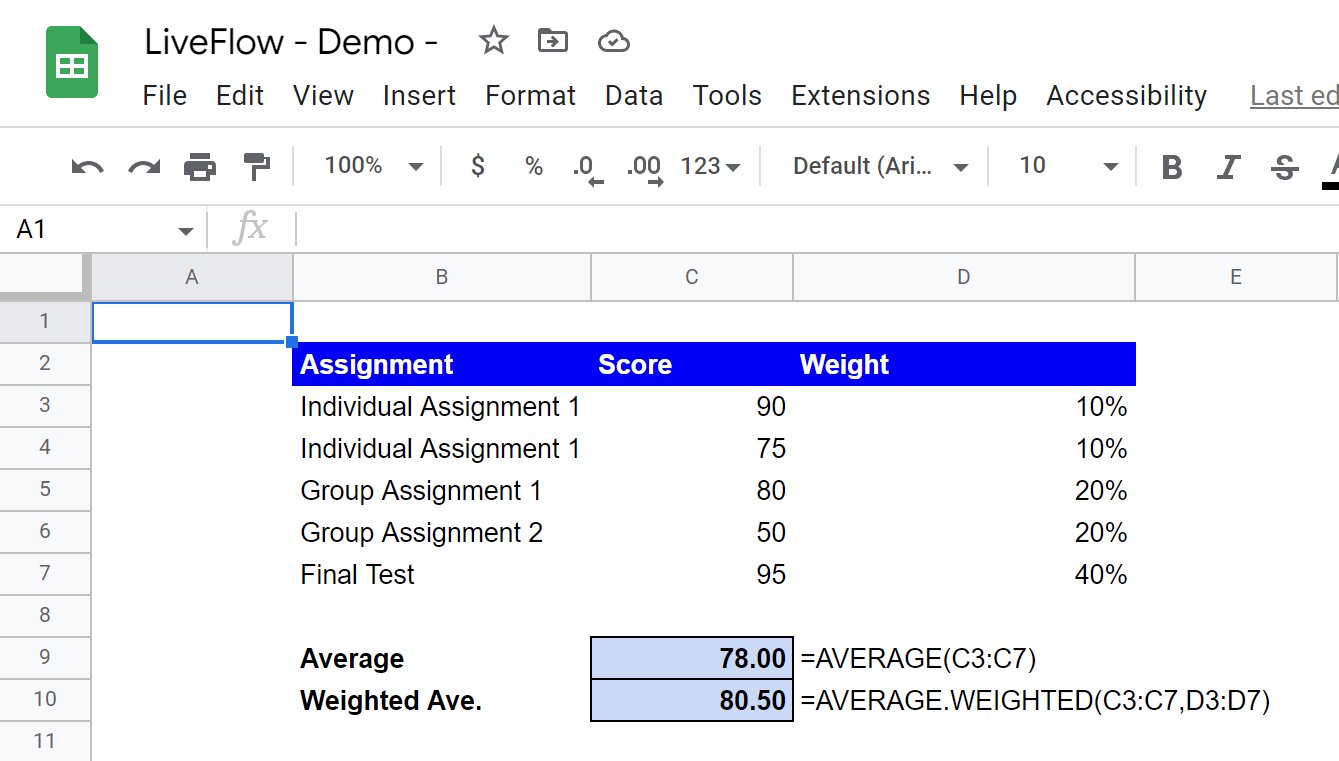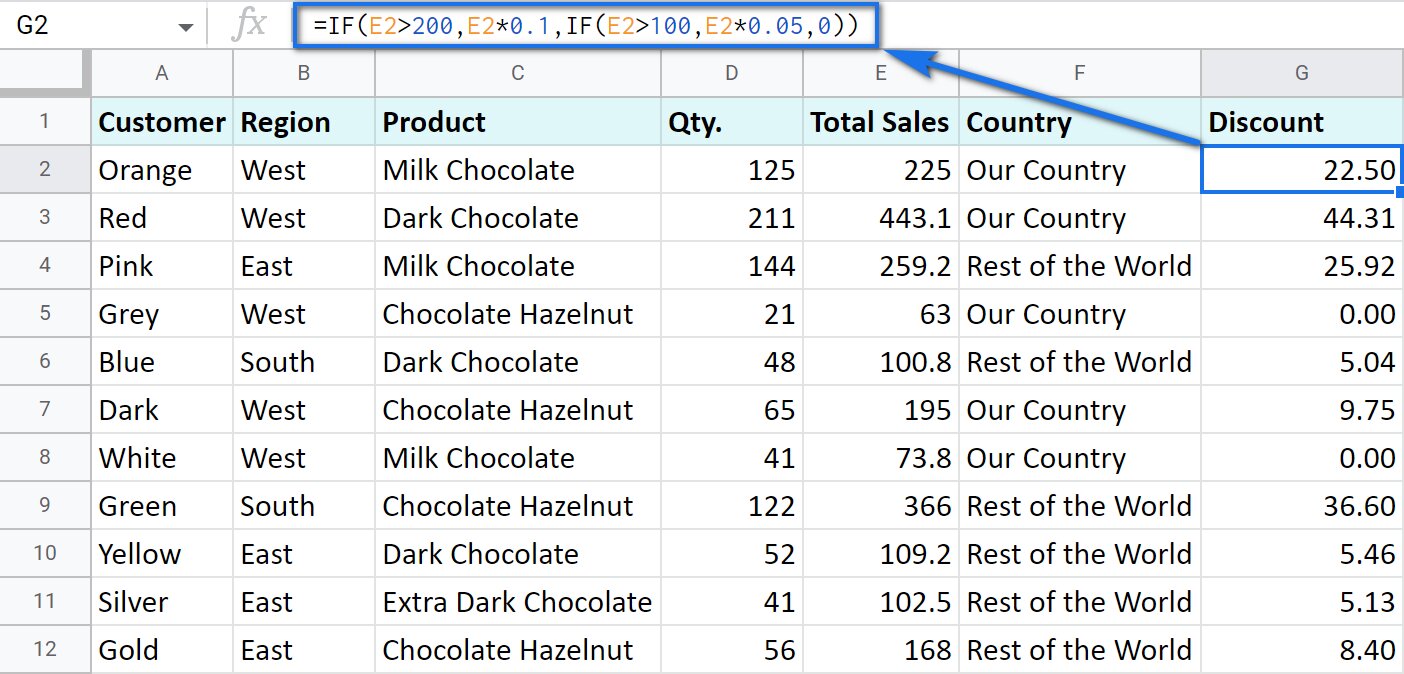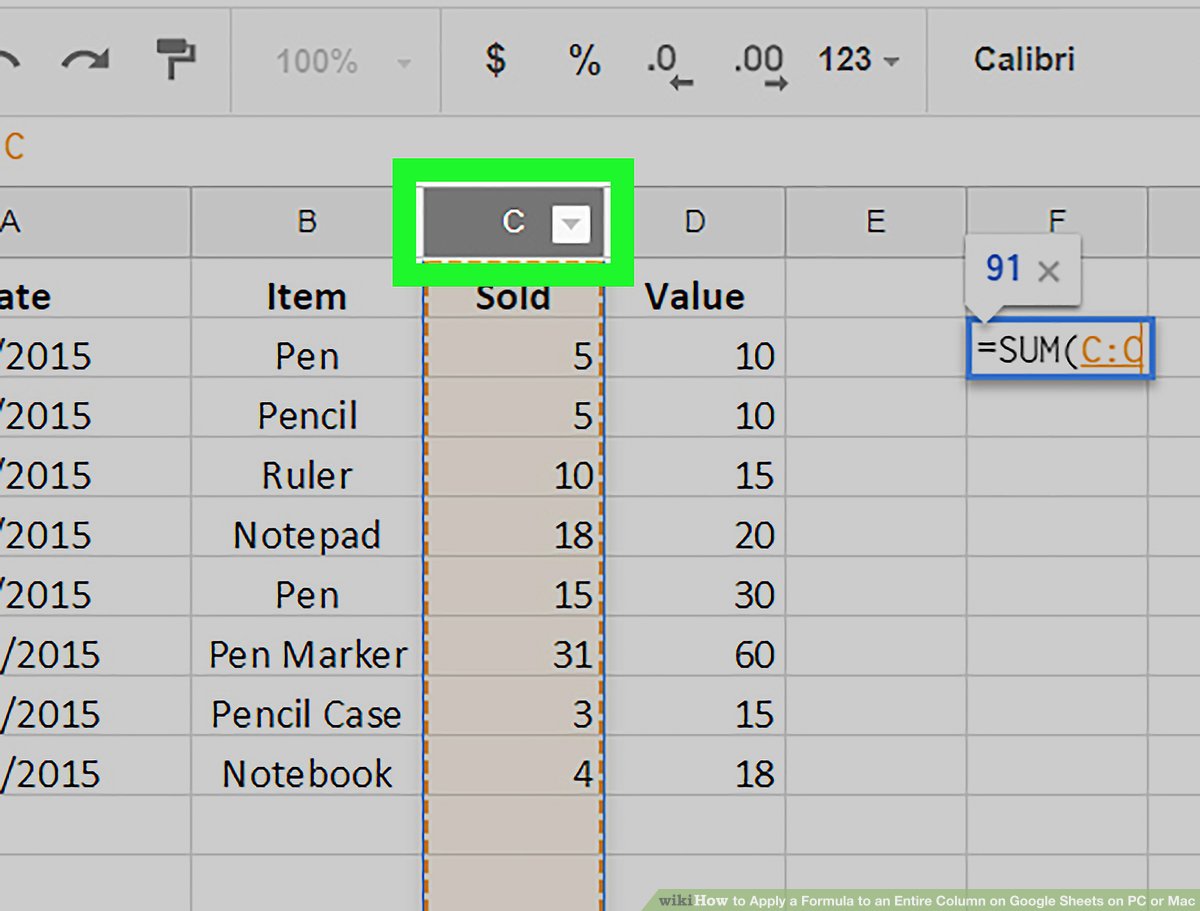Introduction
Google Sheets is a powerful tool that enables users to create and manipulate spreadsheets online. It offers a wide range of functionalities, including the ability to perform calculations, organize data, and collaborate with others. When working with text in Google Sheets, it can be helpful to count the number of characters, words, or specific phrases in a cell or a range of cells.
In this article, we will explore various methods for counting text in Google Sheets. Whether you need to determine the length of a sentence, track the number of occurrences of a particular word, or analyze the frequency of phrases, these methods will come in handy.
From simple formulas to advanced functions, we will cover a range of techniques that suit different scenarios. Whether you are a beginner or an experienced user, you will find practical solutions to meet your specific counting needs.
Throughout this article, we will demonstrate the step-by-step process for each method, providing clear explanations and examples along the way. By the end, you will have a comprehensive understanding of how to count text effectively in Google Sheets, allowing you to save time and streamline your data analysis.
So, let’s dive into the various methods and explore how to count text in Google Sheets!
Method 1: Using the LEN function
One of the simplest ways to count text in Google Sheets is by using the LEN function. The LEN function is a built-in function that calculates the number of characters in a cell or a range of cells.
To use the LEN function, follow these steps:
- Select the cell where you want to display the text count.
- Type the following formula:
=LEN(cell_reference) - Replace
cell_referencewith the reference to the cell or range of cells that you want to count. - Press Enter to calculate the text count.
For example, suppose you want to count the number of characters in cell A2. In the cell where you want the result to appear, enter the formula =LEN(A2) and press Enter.
The LEN function will return the number of characters in the specified cell or range, providing an easy way to obtain a character count. Keep in mind that the LEN function counts all characters, including spaces and punctuation marks.
Using the LEN function is particularly useful when you need a quick and simple way to count the characters in a cell or range. However, it is important to note that it does not differentiate between words or phrases, giving you the total character count.
Now that you know how to use the LEN function to count text in Google Sheets, you can easily calculate the number of characters in your data. However, if you need to count words or specific phrases, you may need to use alternative methods, which we will explore in the following sections.
Method 2: Using the LEN and SUBSTITUTE functions
In addition to counting the total number of characters, you may sometimes need to count specific words or phrases within a cell or range in Google Sheets. In such cases, you can utilize the combination of the LEN and SUBSTITUTE functions to achieve the desired result.
The SUBSTITUTE function allows you to replace occurrences of one text string with another text string. By replacing the target word or phrase with an empty string, you can effectively remove it from the original text, leaving only the remaining words. You can then use the LEN function to count the characters in the modified text and subtract it from the character count of the original text to determine the number of characters that were part of the substituted word or phrase.
Here’s how you can use the LEN and SUBSTITUTE functions together:
- Select the cell where you want the word or phrase count to appear.
- Type the following formula:
=LEN(cell_reference) - LEN(SUBSTITUTE(cell_reference, "word_or_phrase", "")) - Replace
cell_referencewith the reference to the cell or range of cells that contain the text you want to count. - Replace
word_or_phrasewith the target word or phrase that you want to count within the text. - Press Enter to calculate the word or phrase count.
For example, let’s say you want to count the occurrences of the word “apple” in cell A2. In the cell where you want the result to appear, enter the formula =LEN(A2) - LEN(SUBSTITUTE(A2, "apple", "")) and press Enter.
The formula will calculate the difference between the total character count in the original text and the character count after replacing all instances of the target word or phrase with an empty string. Thus, providing you with the count of occurrences of the specified word or phrase.
Using the combination of the LEN and SUBSTITUTE functions, you can easily count specific words or phrases within a cell or range in Google Sheets. This method is particularly useful when you need to analyze the frequency of certain terms or track the number of occurrences of specific keywords.
Now that you know how to utilize the LEN and SUBSTITUTE functions together, you can accurately count words or phrases within your text data in Google Sheets.
Method 3: Using the SUBSTITUTE and LEN functions with conditional formatting
When working with large sets of data in Google Sheets, it can be time-consuming to manually count the occurrences of specific words or phrases. Fortunately, you can automate this process using the combination of the SUBSTITUTE and LEN functions along with conditional formatting.
Conditional formatting allows you to apply formatting rules to cells based on specific criteria. By utilizing conditional formatting together with the SUBSTITUTE and LEN functions, you can highlight or format cells containing the target word or phrase, making it easier to visually identify and count them.
Here’s how you can use the SUBSTITUTE and LEN functions with conditional formatting:
- Select the cell or range of cells where you want to apply the conditional formatting.
- Go to the “Format” menu and select “Conditional formatting”.
- In the conditional formatting dialog box, choose “Custom formula” from the drop-down menu.
- Type the following formula:
=LEN(SUBSTITUTE(cell_reference, "word_or_phrase", "")) > 0 - Replace
cell_referencewith the reference to the cell or range of cells that contain the text to be searched. - Replace
word_or_phrasewith the target word or phrase that you want to highlight or format. - Select the desired formatting style to apply to the cells containing the target word or phrase.
- Click “Done” to apply the conditional formatting.
For example, let’s say you have a range of cells in column A containing text data, and you want to highlight all cells containing the word “important”. Select the range of cells, go to “Format” > “Conditional formatting”, enter the formula =LEN(SUBSTITUTE(A1, "important", "")) > 0, choose the desired formatting style, and click “Done”. The cells containing the word “important” will now be visually highlighted.
By using the SUBSTITUTE and LEN functions with conditional formatting, you can easily identify and count the occurrences of specific words or phrases in your data. This method is particularly helpful when you want to bring attention to certain terms or perform quick analysis on your text data.
Now that you know how to combine the SUBSTITUTE and LEN functions with conditional formatting, you can efficiently count and highlight specific words or phrases in Google Sheets based on your desired criteria.
Method 4: Using the SPLIT and ARRAYFORMULA functions
In Google Sheets, the SPLIT function allows you to break a cell into separate words or phrases based on a specified delimiter. By combining the SPLIT function with the ARRAYFORMULA function, you can split a range of cells and count the number of words or phrases in each cell.
Here’s how you can use the SPLIT and ARRAYFORMULA functions together:
- Select the range of cells that you want to split and count.
- In an empty cell next to the first cell in the range, enter the formula:
=ARRAYFORMULA(IF(cell_range="", 0, LEN(SPLIT(cell_range, " "))))) - Replace
cell_rangewith the reference to the range of cells that you want to split and count. - Press Enter to calculate the word or phrase count for each cell in the range.
For example, suppose you have a range of cells (A1:A5) containing sentences or phrases, and you want to count the number of words in each cell. In an empty cell next to cell A1, enter the formula =ARRAYFORMULA(IF(A1:A5="", 0, LEN(SPLIT(A1:A5, " "))))) and press Enter.
The formula will split each cell in the specified range by the space delimiter, count the number of resulting words, and display the word count for each cell. Cells that are empty will show a count of 0.
Using the SPLIT and ARRAYFORMULA functions, you can efficiently split and count the number of words or phrases in multiple cells simultaneously. This method is particularly useful when you have a large dataset and want to quickly analyze the word count for each entry.
Now that you know how to utilize the SPLIT and ARRAYFORMULA functions together, you can easily split and count words or phrases in a range of cells in Google Sheets.
Method 5: Using the REGEXREPLACE function
The REGEXREPLACE function in Google Sheets allows you to perform advanced find and replace operations using regular expressions. By utilizing the REGEXREPLACE function, you can replace specific words or patterns with an empty string to effectively remove them from the text and count the remaining words or characters.
Here’s how you can use the REGEXREPLACE function to count text:
- Select the cell or range of cells that you want to count.
- Enter the formula:
=LEN(REGEXREPLACE(cell_reference, "\b(word_to_remove)\b", "")) - Replace
cell_referencewith the reference to the cell or range of cells that contain the text you want to count. - Replace
word_to_removewith the specific word or pattern that you want to remove from the text. - Press Enter to calculate the word count.
For example, let’s say you have a range of cells in column A containing sentences or phrases, and you want to count the number of words excluding the word “Lorem”. Select the range of cells, enter the formula =LEN(REGEXREPLACE(A1:A5, "\bLorem\b", "")), and press Enter.
The formula will remove all instances of the word “Lorem” from the text using the REGEXREPLACE function and then calculate the length of the remaining text using the LEN function, giving you the count of words excluding the specified word.
Using the REGEXREPLACE function, you can easily remove specific words or patterns from your text and count the remaining words or characters. This method is useful when you want to exclude certain words or patterns in order to focus on specific content within your data.
Now that you know how to use the REGEXREPLACE function to count text in Google Sheets, you can perform more advanced find and replace operations and accurately count the remaining words or characters in your data.
Method 6: Using the COUNTA function
When it comes to counting text in Google Sheets, the COUNTA function can be a handy tool. The COUNTA function allows you to count the number of non-empty cells in a range, including cells with text, numbers, and other values.
To count text using the COUNTA function, follow these steps:
- Select the range of cells that you want to count.
- Enter the formula:
=COUNTA(cell_range) - Replace
cell_rangewith the reference to the range of cells that you want to count. - Press Enter to calculate the text count.
For example, let’s say you have a range of cells in column A that contain text data. To count the number of non-empty cells in this range, select the range and enter the formula =COUNTA(A1:A5), then press Enter.
The COUNTA function will then count all the non-empty cells in the specified range, providing you with the total count of cells that contain text or other values.
Whether you have a single column or multiple columns containing text, numbers, or a combination of both, the COUNTA function can accurately count the non-empty cells. This method is especially useful when you need a quick way to determine the total count of text-containing cells in a range.
Now that you’re familiar with how to use the COUNTA function to count text in Google Sheets, you can easily find the total number of non-empty cells within your desired range.
Method 7: Using the FILTER function
If you want to count specific occurrences of text in Google Sheets based on certain criteria, the FILTER function can be a powerful tool. The FILTER function allows you to extract data from a range based on specified conditions, enabling you to count the filtered results.
To count text using the FILTER function, follow these steps:
- Create a new column next to your data range and apply the desired filter criteria.
- In a separate cell, enter the formula:
=COUNTA(FILTER(cell_range, filter_range = "desired_text")) - Replace
cell_rangewith the reference to the range of cells where you want to count the text. - Replace
filter_rangewith the reference to the range of cells where you applied the filter criteria. - Replace
desired_textwith the specific text you want to count. - Press Enter to calculate the text count.
For example, let’s say you have a range of cells in column A containing fruit names, and you want to count the number of occurrences of the word “apple” in that range. To achieve this, create a new column next to your fruit names and apply a filter to show only the rows that contain “apple”. Then, enter the formula =COUNTA(FILTER(A1:A5, B1:B5 = "apple")) in a separate cell, where column B contains the filter results.
The FILTER function will extract the rows that meet the specified criteria (in this case, containing the word “apple”), and the COUNTA function will count the non-empty cells in the filtered range, providing you with the desired count of occurrences.
Using the FILTER function, you can easily filter and count specific occurrences of text in Google Sheets based on your defined criteria. This method is particularly useful when you want to count text based on dynamic conditions or multiple criteria.
Now that you know how to use the FILTER function to count text in Google Sheets, you can efficiently extract and count specific occurrences of text based on your desired criteria.
Method 8: Using a Custom Script Function
If the built-in functions in Google Sheets don’t meet your specific counting requirements, you can create a custom script function using Google Apps Script. This method gives you the flexibility to write custom code and perform complex text counting operations.
Here’s how you can create a custom script function to count text in Google Sheets:
- Open your Google Sheets document and go to “Tools” > “Script Editor” to open the Google Apps Script editor.
- Write a custom function using JavaScript that counts the desired text. You can utilize methods like regular expressions, loops, or any other logic based on your counting requirements.
- Save the script by clicking on the floppy disk icon or pressing “Ctrl + S”.
- Close the script editor and return to your Google Sheets document.
- In a cell, enter your custom function’s name followed by the necessary arguments.
- Press Enter to execute the custom function and display the text count.
For example, let’s say you want to count the number of occurrences of a specific word in a cell. You can create a custom script function in the Google Apps Script editor using JavaScript to loop through the cell’s content and count the instances of the word.
Once you’ve saved the script, you can use the custom function in Google Sheets by entering it in a cell, like =customCountFunction(cell_reference, "desired_text"), where customCountFunction is the name of your custom function, cell_reference refers to the cell containing the text you want to count, and desired_text is the specific word you want to count.
Utilizing a custom script function can provide you with greater flexibility and control over the text counting process. It allows you to create tailored solutions to meet your unique requirements when the built-in functions may not suffice.
Now that you know how to create and use a custom script function to count text in Google Sheets, you can unleash the power of custom code and perform advanced text counting operations.
Conclusion
Counting text in Google Sheets is a fundamental task that can provide valuable insights into your data. Whether you need to determine the number of characters, words, or specific occurrences of text, the methods covered in this article can help you achieve accurate and efficient results.
From basic techniques like using the LEN function to count characters, to more advanced methods like utilizing regular expressions with the REGEXREPLACE function, each method offers unique capabilities to suit different counting requirements.
The use of functions like SUBSTITUTE, SPLIT, and ARRAYFORMULA allows you to manipulate and analyze your text data with ease, while conditional formatting offers a visual approach to highlight specific words or phrases.
For more specific counting needs, the FILTER function enables you to extract and analyze text based on predefined criteria, while custom script functions give you the flexibility to tailor your counting methods using JavaScript.
Whether you are working on analyzing large datasets or simply need to count specific occurrences, these methods provide you with a range of options to accurately count text in Google Sheets.
By mastering these techniques, you can save time, simplify your data analysis, and gain valuable insights from your text-based data in Google Sheets. So, experiment with these methods, explore their capabilities, and make the most out of your text counting endeavors!










